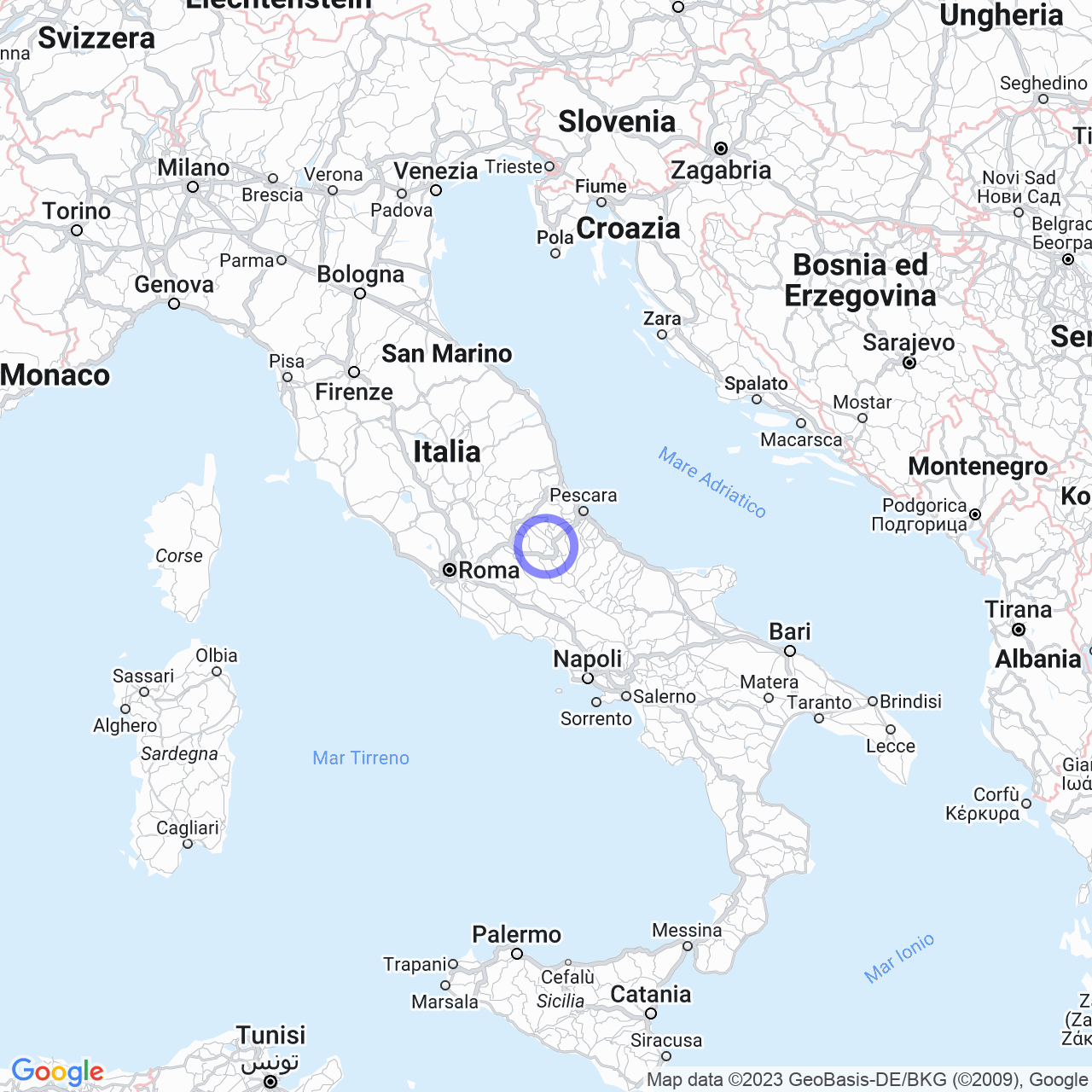Castelvecchio Subequo
Welcome to Castelvecchio Subequo: a hidden treasure of Abruzzo
Castelvecchio Subequo is a small town located in the province of L’Aquila in Abruzzo, Italy. With a population of only 841 inhabitants, it boasts a significant cultural and archaeological heritage. Here you will find a unique combination of medieval, Renaissance, and Baroque monuments, art, and archaeological finds dating back to the Pelignian, Roman, and early Christian eras.
Physical geography
Castelvecchio Subequo is located at the foot of Mount Sirente, on a rocky spur of Mount Putano. It is situated in the Sirente-Velino Regional Park, offering a unique natural experience. The town is protected and hosts a variety of timeless monuments and archaeological sites.

History
With an ancient history, Castelvecchio Subequo preserves the archaeological heritage of the ancient "Superaequum" which was the capital of the Peligni along with the current Corfinio and Sulmona. The numerous archaeological evidence includes mosaic floors, remains of a temple dedicated to Hercules Victor, remains of thermal baths, aqueducts and fortifications, countless sculptural finds, coins, amphorae and jewellery. The catacomb cemetery of the IV century is among the oldest evidence of Christian religiosity in Abruzzo.
During the Lombard period, the village was known as "Onuffolo" or "Nuffoli", while during the Norman era it regained its original name. The town also has a long religious tradition, with St. Francis of Assisi visiting in 1216 and Pope Celestine V staying there in 1294.
Symbols
The coat of arms and the gonfalon of the municipality were granted by decree of the President of the Republic on December 22, 2010. The gonfalon is a yellow flag with a blue border.
Monuments and places of interest
Religious architecture
The Church of St. John the Evangelist and Baptist is the parish church of Castelvecchio and stands on a chapel of the Castellato Palace, the fortress of Castelvecchio. Built in 1500, in 1073 it appears as the Church of the SS. John the Baptist and Eugene, ceded by the Lords Gisone and Guglione, sons of Gualcherio, to the Abbey of Farfa. In 1745, at the Barberini's behest, the architect Fontana refurbished the church in a late Baroque style with three naves. Inside, you will find interesting paintings, including those dedicated to the Virgin of Sorrows and the Holy Souls in Purgatory.
On the left of the church is the entrance to the Castellato Palace, which has a facing in regular blocks. The medieval door with an acute arch and lowered and shifted calender, which welcomed the guillotine gate of the closing gap, is walled on the right. Moreover, walled on the right, there is a Roman epigraph that recalls the repair of the aqueduct that brought water to Corfinium.
Other
Castelvecchio Subequo has many other monuments and places of interest, including the underground complex in the Colle Moro locality, at the border of the area called Macrano, which supports the hypothesis that the findings made there can be traced back to the civitas of Superaequum.
Conclusion
If you are passionate about archaeological finds, history, religion, and architecture, Castelvecchio Subequo is the right place for you. Thanks to its location in a protected area, this small town has preserved its natural splendour and enriched itself with wonderful cultural gems. Come and discover the hidden treasure of Abruzzo!
